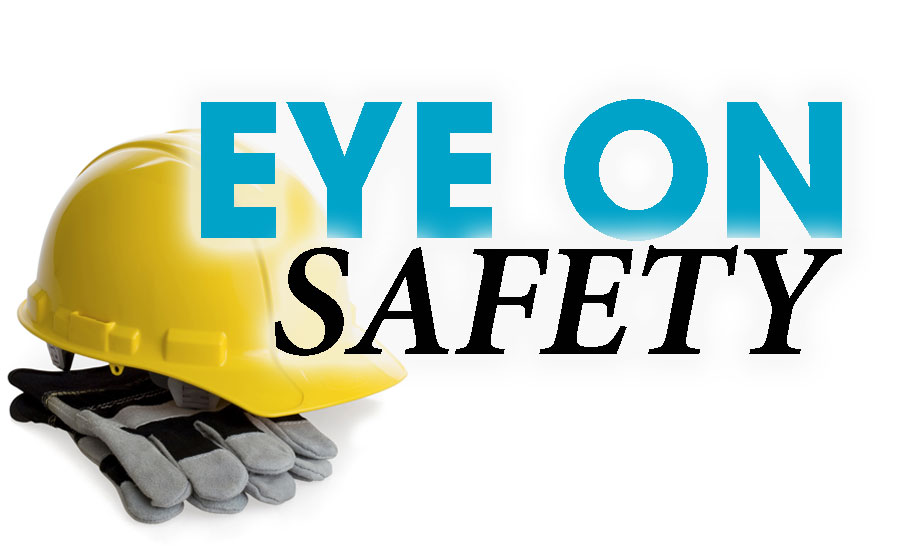Eye on Safety: The ASA-OSHA relationship

ASA has applied to renew its OSHA Alliance Partner status and looks forward to continuing to fulfill all of the responsibilities that come with that status.
More importantly, ASA is continually working to improve the information and assistance we provide to our members related to workplace safety.
As an OSHA Alliance Partner, ASA commits to supporting OSHA’s strategic goals by implementing project plans that emphasize raising awareness of OSHA’s rulemaking and enforcement initiatives by: Sharing information on OSHA’s regulatory agenda and opportunities to participate in the rulemaking process; Training workers on new and revised standards; Developing worker information on new and revised standards; sharing information on National Emphasis Programs (NEPs); Developing compliance assistance materials for other specifically targeted hazards/industries; Participating in various forums and groups to discuss ways of improving workplace safety and health programs; and encouraging worker participation in workplace safety and health.
Also, ASA commits to supporting OSHA’s outreach and communication by: Creating and sharing compliance-assistance materials in English, Spanish, and other languages for workers and/or employers; Conducting best-practice seminars in support of OSHA’s enforcement initiatives; and speaking or exhibiting at conferences and meetings.
ASA commits to supporting OSHA’s training and education by developing effective worker training and education programs, and arranging for the delivery of worker training.
The criteria for Alliance Partners includes: Working closely with OSHA to develop and share information with workers and employers to help prevent injuries, illnesses and fatalities in the workplace, and to educate workers and employers about their rights and responsibilities under the Occupational Safety and Health Act; Providing a forum for employers and workers to work together to resolve workplace safety and health issues. To achieve this, alliances with employers and employer groups (e.g. trade associations) must also include worker representatives; Supporting OSHA’s strategic goals of enhancing worker voice and providing safe and secure workplaces; Ensuring participants possess sufficient knowledge and resources to fulfill the goals of the Alliance agreement; and making the products of the Alliance available free of charge to the public.
In many ways, ASA’s commitment to renew its OSHA Alliance Partner status is simply a validation of the activities and programs ASA already is providing its members. As an example, a visit to the ASA Safety webpage at www.asa.net finds safety articles and toolbox talks developed by members of the ASA Safety Committee; Recorded safety webinars from live programs sponsored by the ASA Safety Committee throughout the year; and additional resources and best practices. In addition, the ASA Education Foundation supports ASA’s commitment to safety by providing online safety training.
ASA and the ASA Safety Committee believe the benefits of renewing our Alliance Partner status align well with ASA’s goals for serving its members in ensuring a safe workplace. Those defined benefits include increased worker access to effective workplace safety and health tools and to information about worker rights; Leveraging our resources to maximize worker safety and health protection; and establishing a progressive dialogue with OSHA and others committed to worker rights and worker safety and health.
If you are interested in serving on the ASA Safety Committee, I would like to hear from you. We are currently in the process of recruiting new members. If you are responsible for safety or environmental health programs at your company and would like to give back to the industry through participation on the committee contact me at jkendzel@asa.net.
As a committee member, you will be asked to periodically write a brief article for this Eye of Safety column and participate in monthly conference calls where future plans are developed and potential regulations or standards impacting work safety or environmental health are evaluated and, if appropriate, commented on. It is a great way to learn what other safety professionals are doing and also be current on legislative and regulatory initiatives.
Looking for a reprint of this article?
From high-res PDFs to custom plaques, order your copy today!






